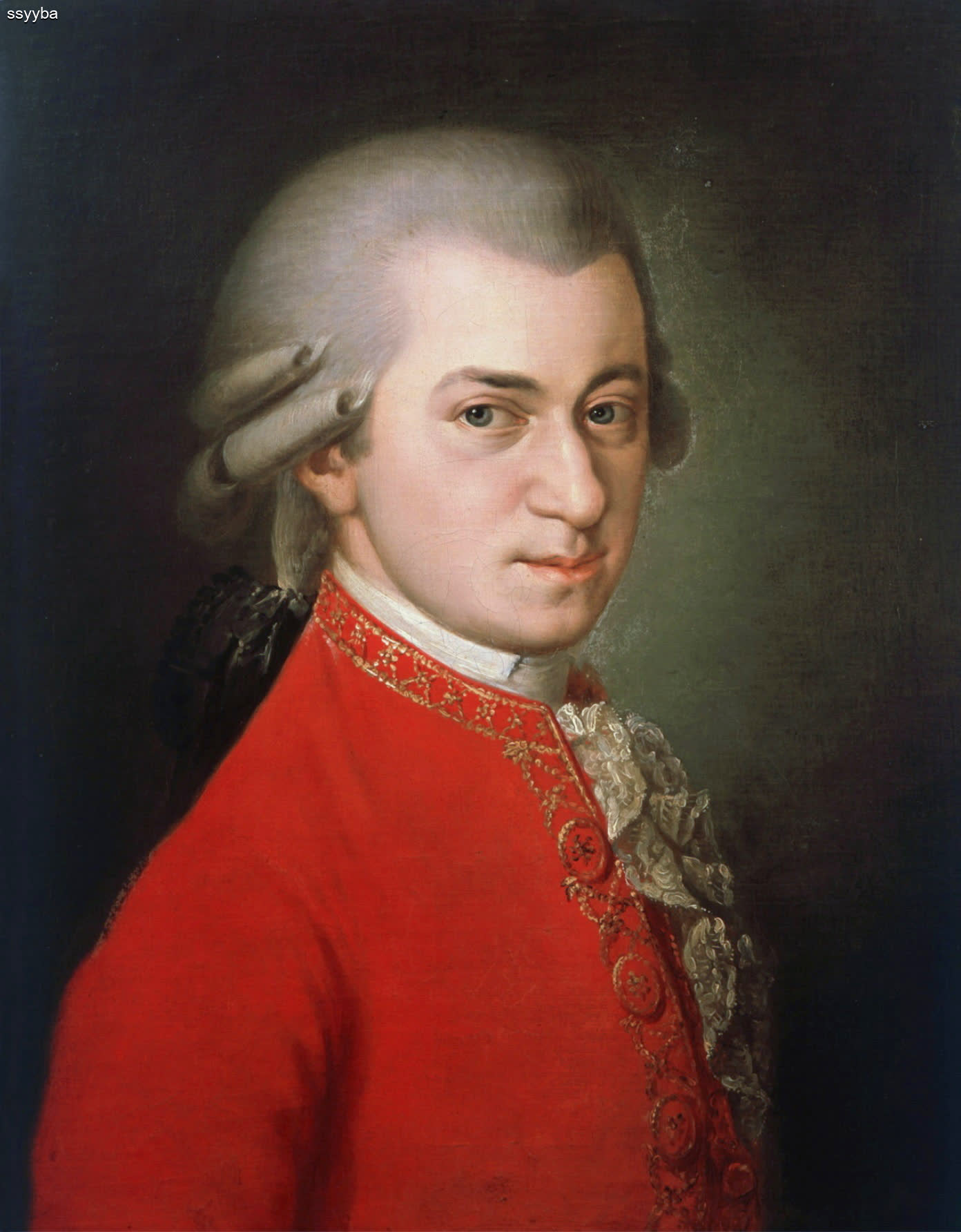Mozart Symphony NO 40

The G-Minor alone of the last three symphonies(Symphony-NO.39, 40, 41) may reflect the composer’s distressed emotional state at the time. It is among those great works of Mozart that look forward to the passionately charged music of the 19th century while epitomizing the structural elegance of the waning Classical era. “It may be,” wrote Eric Blom, “that the G minor Symphony is the work in which Classicism and Romanticism meet and where once and for all we see a perfect equilibrium between them, neither outweighing the other by the tiniest fraction. It is in this respect, at least, the perfect musical work.”
1st Movement
The symphony’s pervading mood of tragic restlessness is established immediately at the outset by a simple, arpeggiated figure in the violas, above which the violins play the agitated main theme. This melody is repeated with added woodwind chords to lead through a stormy transition to the second theme. After a moment of silence, a contrasting, lyrical melody is shared by strings and winds. The respite from the movement’s driving energy provided by the dulcet second theme is brief, however, and tension soon mounts again. The wondrous development section gives prominence to the fragmented main theme. The recapitulation returns the earlier themes in heightened settings.
2nd Movement
The Andante, in sonata form, uses rich chromatic harmonies and melodic halfsteps to create a mood of brooding intensity and portentous asceticism. Much of the movement, especially the development, makes use of the repeated notes of the opening theme and the quick, fluttering figures of the second subject.
3rd Movement
Because of its somber minor-key harmonies, powerful irregular phrasing, and dense texture, the minuet was judged by Arturo Toscanini to be one of the most darkly tragic pieces ever written. The character of the minuet is emphasized by its contrast with the central trio, the only untroubled portion of the entire work. The finale opens with a rocket theme that revives the insistent rhythmic energy of the first movement. The gentler second theme, with a full share of piquant chromatic inflections, slows the hurtling motion only briefly. The development section exhibits a contrapuntal ingenuity that few late-18th-century composers could match in technique and none surpass in musicianship. A short but eloquent silence marks the beginning of the recapitulation, which maintains the symphony’s tragic mood to the close.
4th Movement
The evaluation that the French musicologist F.J. Fétis wrote of Mozart’s Symphony No. 40 remains as valid today as when it appeared in 1828: “Although Mozart has not used formidable orchestral forces in his G-minor Symphony, none of the sweeping and massive effects one meets in a symphony of Beethoven, the invention which flames in this work, the accents of passion and energy that pervade and the melancholy color that dominates it result in one of the most beautiful manifestations of the human spirit.”
INSTRUMENTATION: Flute, two oboes, two clarinets, two bassoons, two horns, strings
Ssyyba
EUROPEAN-CLASSICAL-MUSIC
top-mozart-symphony